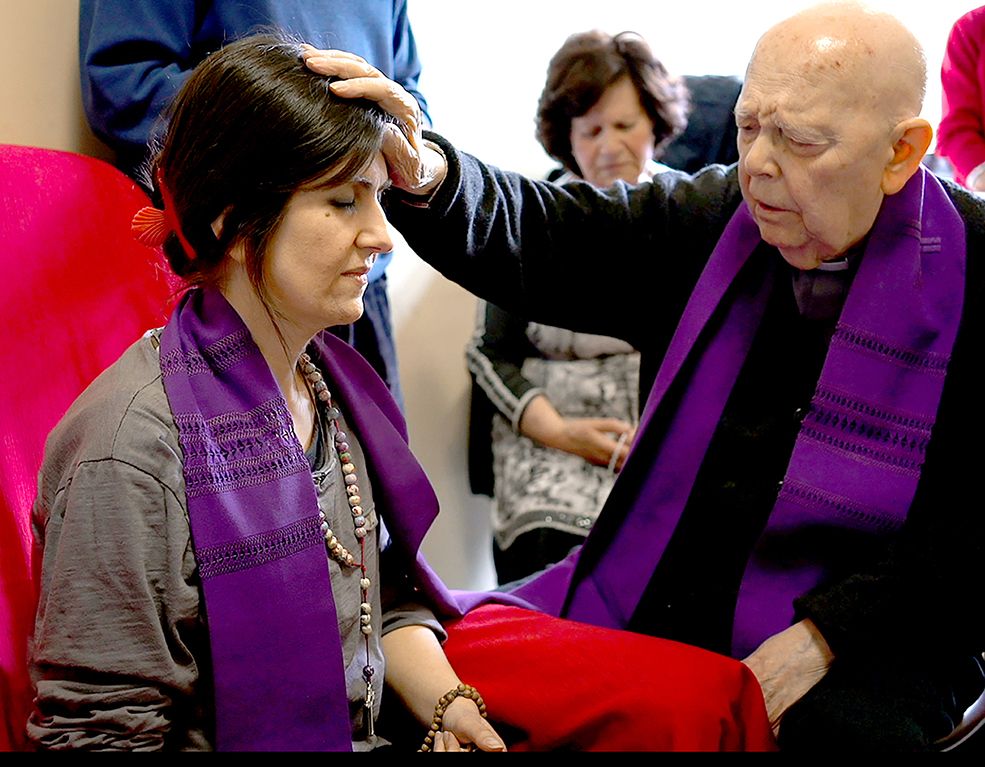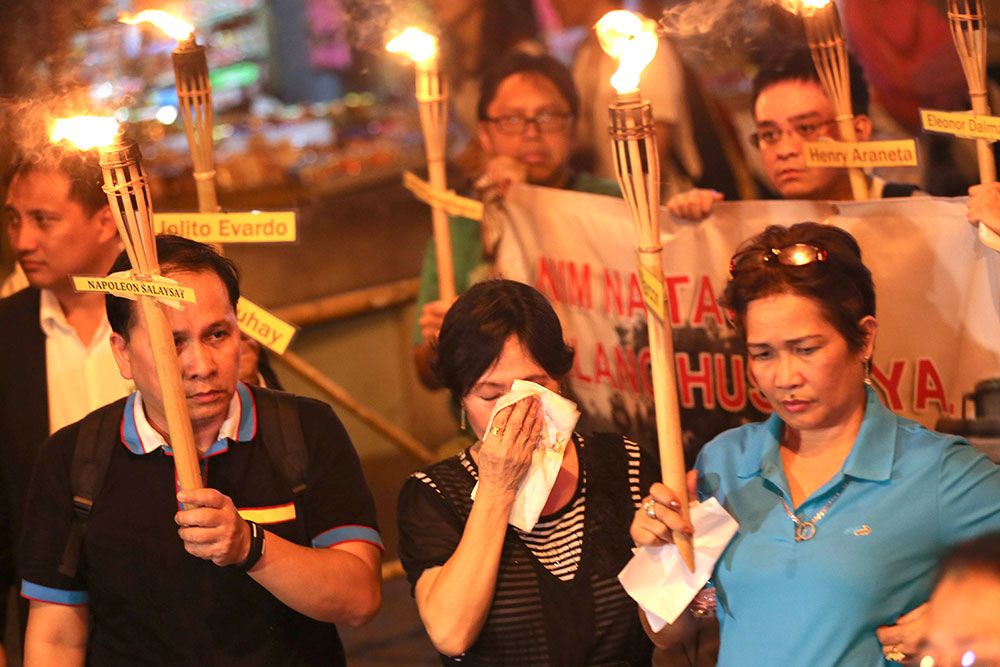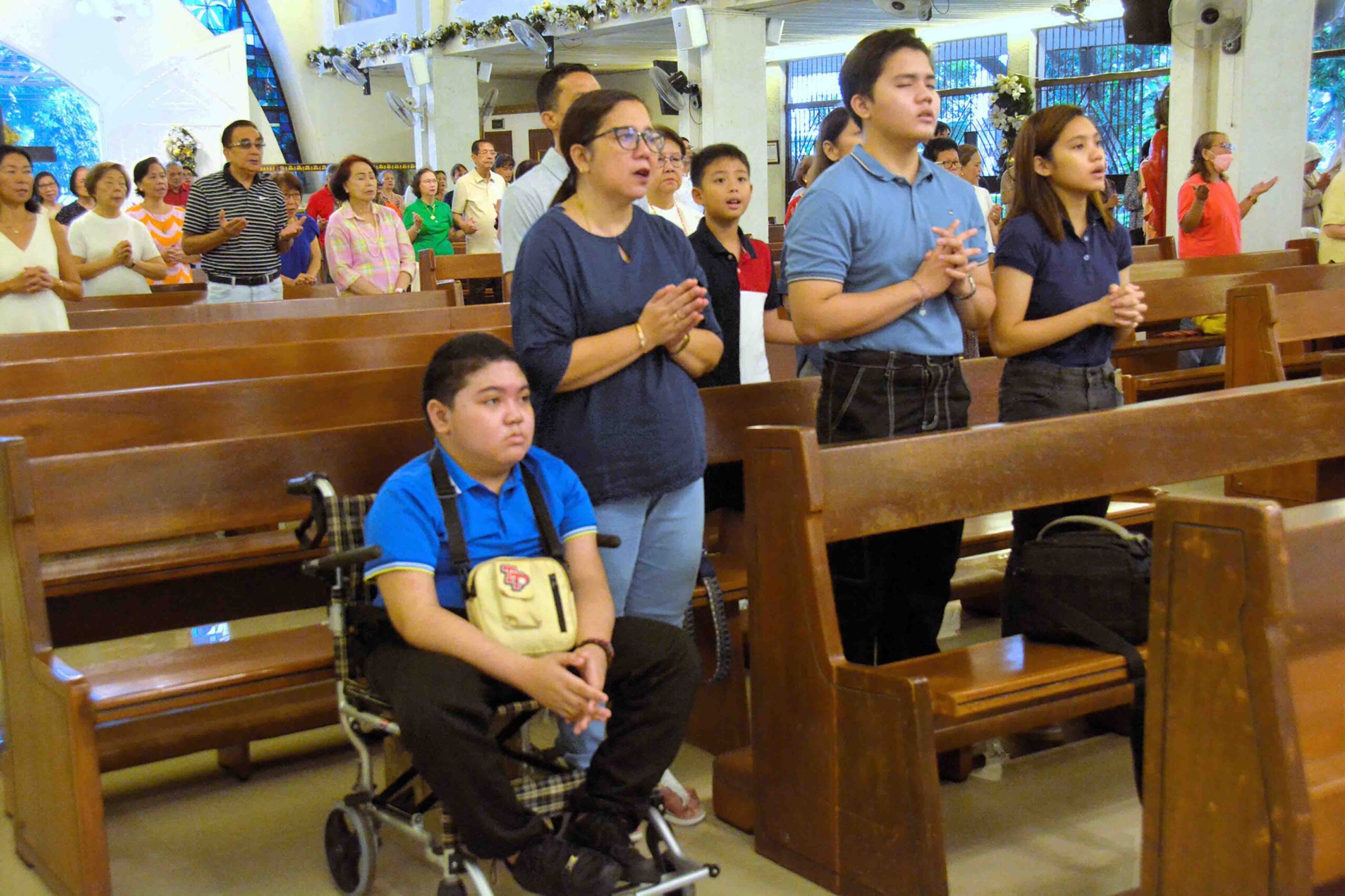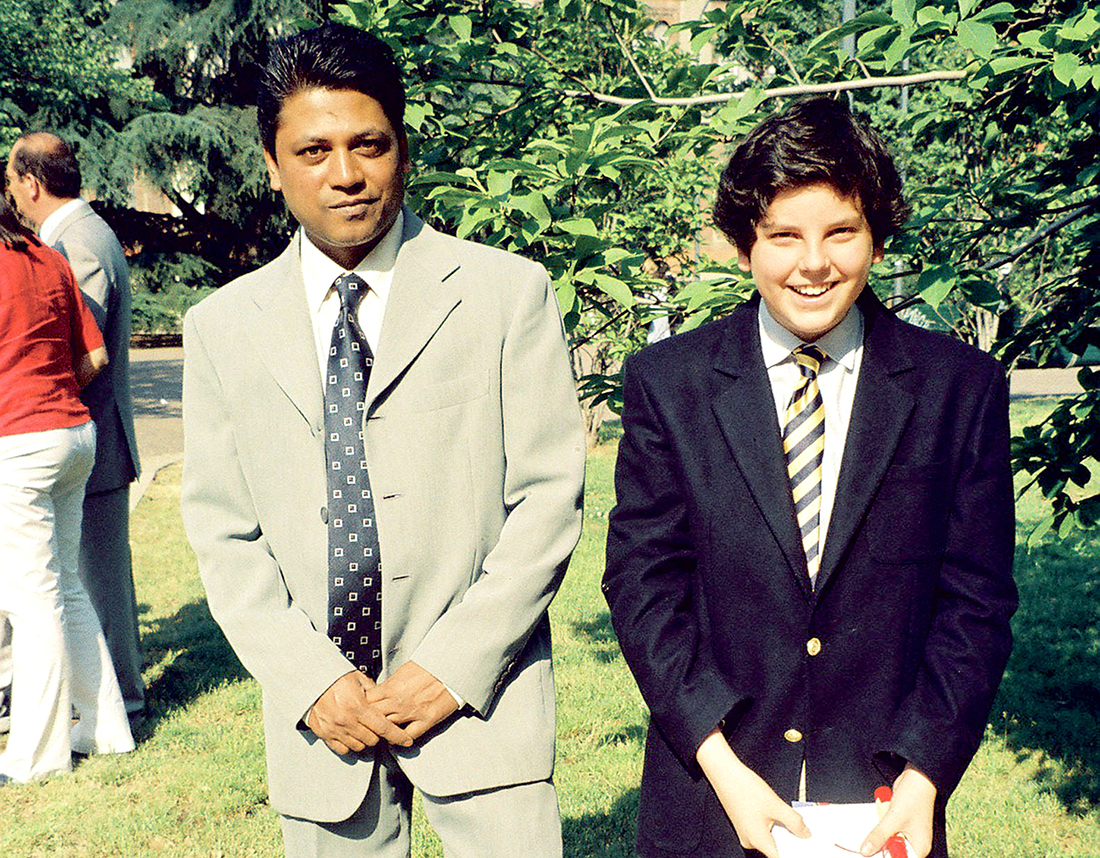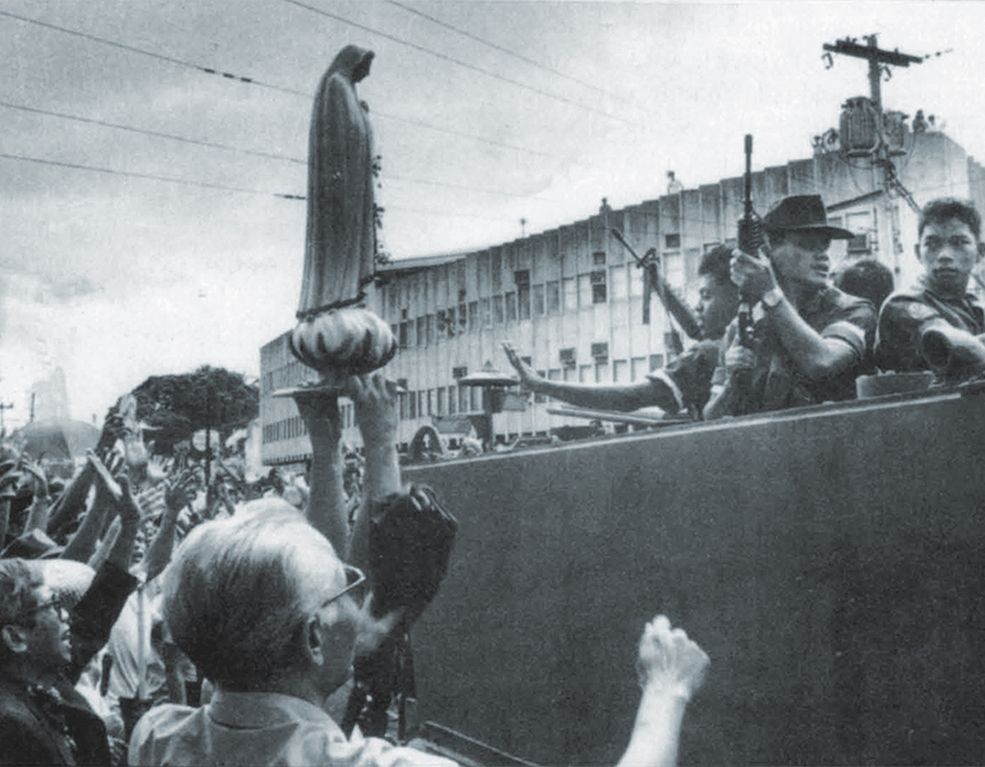Given the prominent role of the Blessed Virgin Mary in the life of the Catholic Church, particularly in countries like the Philippines and Mexico, one might presume that a great amount of detail on her life is available to believers. However, the known historical data about the first-century Jewish woman, Miriam of Nazareth, is actually quite limited. Upon further reflection, one should not be overly surprised; recall that the New Testament is not intended to be a historical or biographical document. Mary’s life is primarily presented as intimately intertwined with the mystery of Jesus. Thus, the Gospels are written primarily as “faith summaries,” and the dominant portrait of Mary that emerges is that of a woman of faith, open to the Spirit, eager to do God’s will, living as a faithful disciple of her Son Jesus.
Several prominent Catholic biblical scholars confirm this point. “There is very little said about Mary in the New Testament” (A. Buono). “It is startling to find that Mary is never mentioned by Paul…. Actually, the only New Testament mentions of Mary are in the four Gospels, plus one reference in the Book of Acts (just before Pentecost)…. We know not a single New Testament detail about Mary in history after Pentecost; her role is in the lifetime of Jesus. It is even more sobering to find that, in the first three Gospels, she appears only once during the public ministry [of Jesus]” (R. Brown). And so, what can validly be noted about “the historical Mary”? What follows is a composite “historical” portrait drawn from respected Catholic scholars like A. Buono, R. Brown, E. Johnson, R. Maloney, and D. Senior.
Mary’s Origins. The name “Mary” derives from Miriam, sister of Moses; it was a very common name in Jesus’ day. According to the New Testament, Mary belonged to the tribe of Judah and to the house of David (Lk. 1:32, 69; 2:4). She was probably born in Nazareth, a small Galilean town, during the reign of Herod the Great. Nazareth was of little importance for most Jews: “Can anything good come out of Nazareth?” (Jn. 1:46). Nazareth is not mentioned in the Hebrew Scriptures or in the Talmud.
The fullest treatment of Mary is found in the second-century Protoevangelium of James. This apocryphal work, judged to be heretical in the sixth century, heavily influenced early Christian teaching and literature. It is in this source that Mary’s parents are named Joachim and Anna. This same dubious source led to the growth of many legends about Mary’s early years (e.g. that the young Mary was presented in the Temple by her parents).
Daily Life. Mary spoke Aramaic, probably with a Galilean accent (cf. Mt. 26:73). She would have had contact with a multilingual world, hearing Latin from the Roman soldiers, Greek as the language of commerce, and Hebrew as the Torah was read in the synagogue. Mary belonged to the peasant class, which earned a simple living from agriculture or small commercial efforts; some had employment as “craftsmen” (carpenters, stone-masons) like Joseph and Jesus. Peasants made up approximately ninety percent of the population. Their life was hard, and they had to pay heavy taxes to Rome, Herod the Great, and to the Temple in Jerusalem.
The common image of the Holy Family as a tiny integral family living in a carpenter’s shop is highly improbable. Like most people at that time, they lived in an extended family unit (cf. Mk. 6:3; Jn. 19:25), composed of three or four small houses, built around an open courtyard. They would have shared an oven, a cistern, and a millstone for grinding grain. Women would have labored long hours on domestic chores, carrying water, gathering firewood, cooking meals.
In the Palestine of Mary’s time, women ordinarily married very early at age 13 or 14; this was to maximize childbearing and to guarantee their virginity. It is likely that Mary’s espousal to Joseph (Mt. 1:18) and Jesus’ birth (Lk. 2:6-7) happened when she was very young. One can presume that she would have had features like Palestinian women today, most likely with dark eyes and dark hair. It is doubtful that she knew how to read or write; literacy was very rare among women of her time. Undoubtedly, Jewish culture permeated Mary’s life. Presumably, Joseph died before Jesus’ public ministry began.
Gospel Narratives. One can list several Gospel passages narrating various events in Mary’s life; it is noteworthy that everything said of Mary is always in relation to her Son Jesus. Scripture records the Annunciation (Lk. 1:26-38; cf. Mt. 1:18-25), the Visitation (Lk. 1:39-56), the Birth of Jesus (Lk. 2:1-20; cf. Mt. 2:1-12), the Circumcision (Lk. 2:21), the Presentation (Lk. 2:22-38), the Flight into Egypt (Mt. 2:13-15), the Return to Nazareth (Mt. 2:19-23), the Finding in the Temple (Lk. 2:41-50), the Hidden Life (Lk. 2:51-52), the Wedding at Cana (Jn. 2:1-12), the Coming of Jesus’ Relatives (Mk. 3:20-21, 31-35 with parallels Mt. 12:46-50; Lk. 8:19-21), the Calvary scene (Jn. 19:25-27), and Pentecost (Acts 1:14; 2:4). One must note that listing these various events and passages from the four Gospels does not imply that the Church has a harmonized, historical chronology of the events of Mary’s life; recall that the Gospels were written primarily to present a faith-filled portrait of Mary, the Lord’s humble servant.
Pentecost portrays Mary at the center of the new Spirit-filled community in Jerusalem. Then, she disappears from history. Did she live in Jerusalem as an old woman? Did she narrate her recollections to one of the Evangelists? Did people revere her and come to her for spiritual guidance? We simply do not know. Most exegetes believe that she lived out her life in Jerusalem, though a later, uncertain tradition portrays her as moving to Ephesus with the apostle John.
Historical Details and Faith. As one examines the life of Mary, it becomes clear that Mary is not an invention or construct. Rather, she is a “real woman who knows how to reflect and speak, listen or take the initiative, weep or rejoice” (A. Buono). In short, her history brings her nearer to us. It is in Mary’s own struggles and her journey in faith that many people today find strength and consolation.
Mary’s holiness emerges in her persistent, faithful listening to the Word of God and to the inspiration of the Holy Spirit. The “historical Mary” exemplifies openness to God and fidelity amidst the many vicissitudes and uncertainties of life. “She looked for the Word of God in people and events, listened to that Word, pondered it and then acted on it” (Maloney). One can imagine Mary repeating again and again her words to Gabriel: “Be it done to me according to your word” (Lk. 1:38).
Mary can also be a model for Christians today in her Magnificat prayer. This is the prayer of a poor woman, reflecting her own concrete situation as a member of an oppressed people, yet aware of God’s action in ushering in a new age of compassion and liberation. The historical Mary experienced poverty, oppression, violence, and even the execution of her own Son. Yet, her life-long, oft-repeated Magnificat confidently proclaims that God rescues life from death, joy from sorrow, and light from darkness.
Two Treasures. Space does not permit further development of the memory of the “historical Mary” as a woman of vibrant faith. Yet, two points demand brief mention. Filipino readers would do well to read the excellent pastoral letter of the Philippine Bishops (CBCP) issued in 1975: Ang Mahal Na Birhen: Mary in Philippine Life Today. It contains many profound insights which enhance Marian faith and devotion in the Philippine context.
In addition, Pope Paul VI wrote a beautiful apostolic exhortation in 1974 on devotion to Mary (Marialis Cultus: MC). The pope asserts that Mary remains an example for all of us who are Jesus’ disciples today “for the way in which, in her own particular life, she fully and responsibly accepted the will of God … because she heard the Word of God and acted on it, and because charity and a spirit of service were the driving force of her actions. She is worthy of imitation because she was the first and most perfect of Christ’s disciples” (MC, 35).


